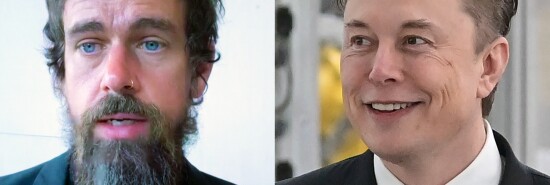
Twitter ruined ‘verification’ in 2016 when it started deverifying users for bad behavior
Timothy P. Carney
Video Embed
Twitter CEO Elon Musk has led Twitter’s users down something of a winding path when it comes to the little verification check marks.
Nowadays, Twitter explains, “The blue check mark means that the account has an active subscription to Twitter Blue and meets our eligibility requirements.” Yet, if you look on the website, these accounts are still called “verified.”
The concept of “verified” is different from the concept of “active subscriber,” so this is confusing. But as Josiah Neely points out, that confusion has existed since at least January 2016, long before Musk took over and tried to monetize the check.
https://twitter.com/jneeley78/status/1650849084129902593
Originally, Twitter started verifying after getting sued due to users impersonating celebrities. So how did “verification” go from meaning “this is really this person” to something bigger? We could start with Milo Yiannopoulos, who was some weird mix of libertarian, conservative, flamboyant gay man, racist, and provocateur. In January 2016, Twitter removed the verification from his account (which had more than 100,000 followers), not because it wasn’t really Yiannopoulos tweeting from the account but because he was tweeting and otherwise saying and doing bad things. Some of the liberal media cheered, showing that they unthinkingly believed the verification mark to mean something very different from verification.
Business Insider suggested deverifying Yiannopoulos might be “a sign that Twitter might — just might — be about to take online harassment seriously.”
In 2017, many Twitter users became upset that Richard Spencer, a well-known white supremacist, had a verified account. Now, quite literally, Twitter was just saying this was actually Spencer tweeting. Spencer received profiles in Politico, Mother Jones, and the Los Angeles Times.
Twitter responded by stripping the verification marks from the verified accounts of famous bad people such as Spencer and Laura Loomer. At this point, verification went from being verification to being some sort of endorsement.
In 2020, when Twitter resumed verifying users, it made it official that you could get unverified for naughty tweets.
“As part of the revamped verification process, Twitter said it may remove verification if a user’s account is dormant, or if it repeatedly breaks the company’s rules,” Bloomberg News reported. “Twitter recently confirmed that it will soon stop the special treatment U.S. President Donald Trump receives for his personal Twitter account. While he often violates Twitter’s rules, his tweets are considered newsworthy and thus he does not receive the same punishment other users might.”
Consistently, from at least early 2016 to late 2020, Twitter’s idea of verification included some idea of being “well-behaved.” That is, Twitter permanently abolished the idea of the blue check as a simple verification tool in January 2016.
It’s been all confusion since then.
